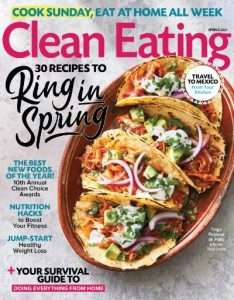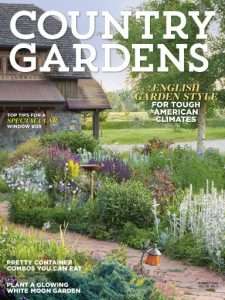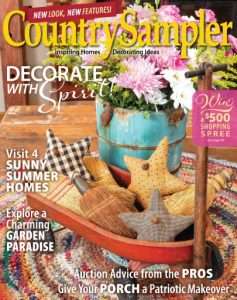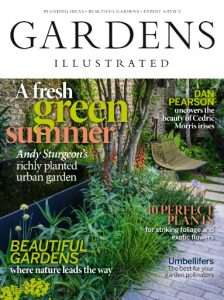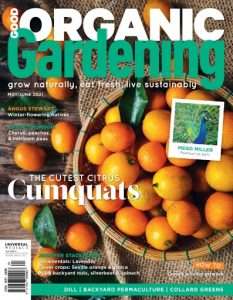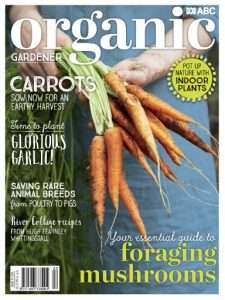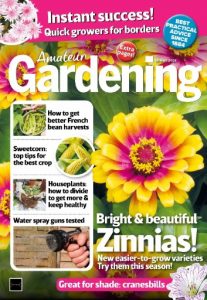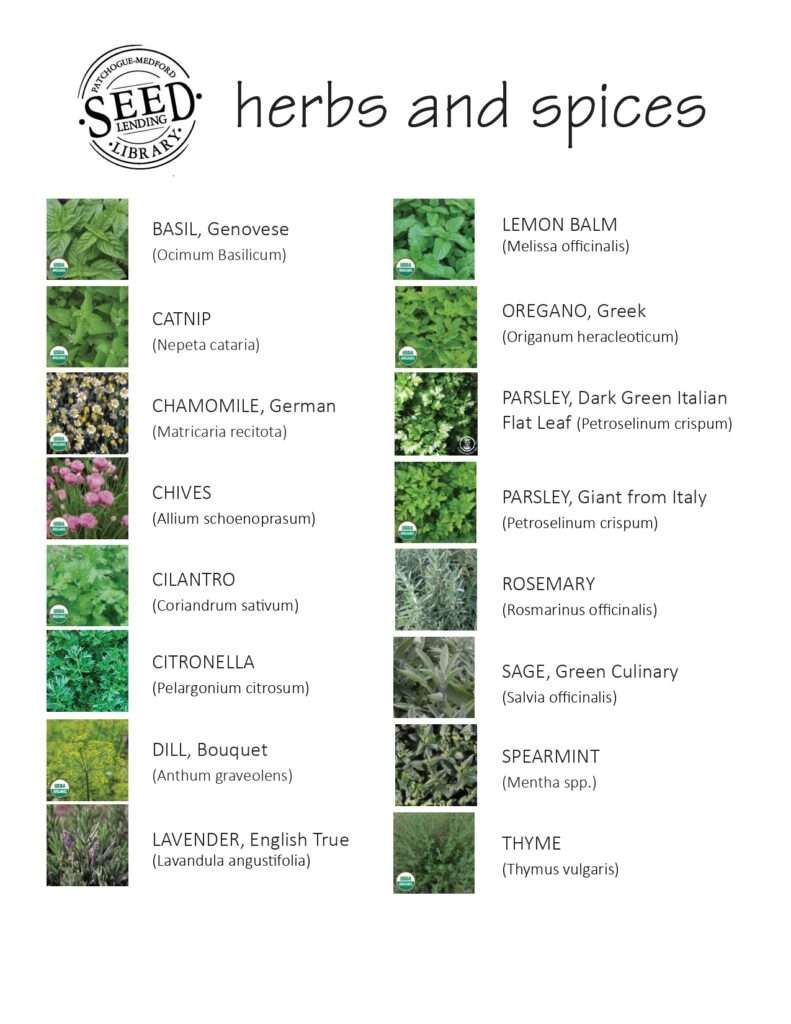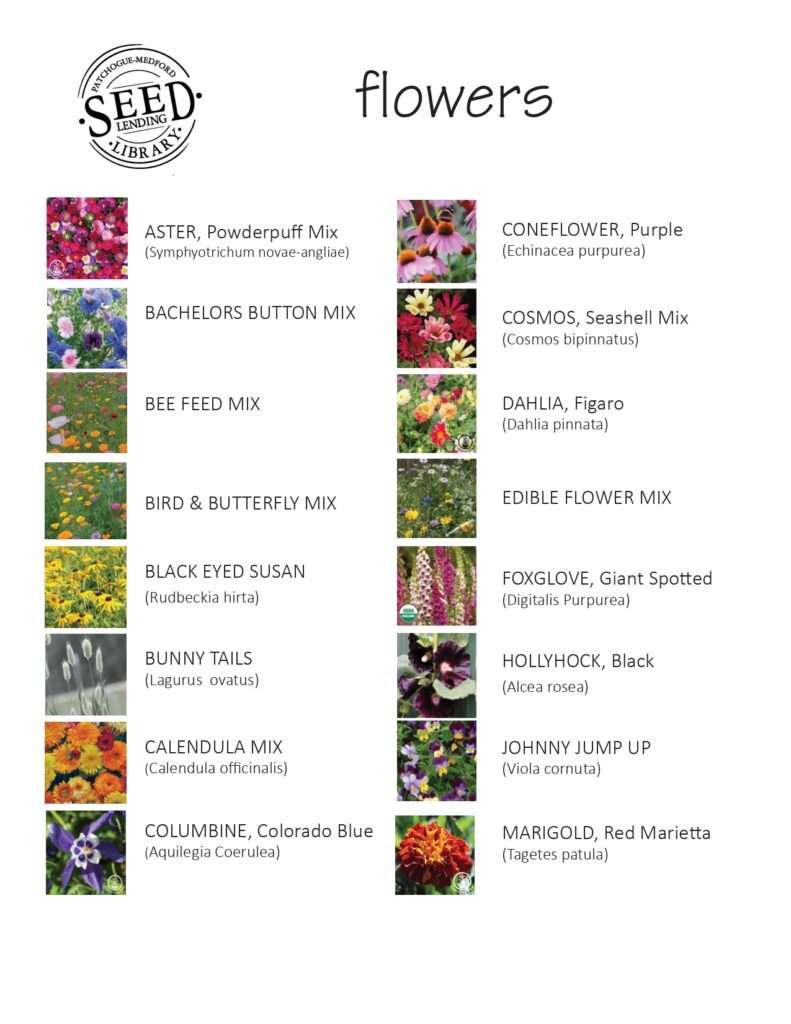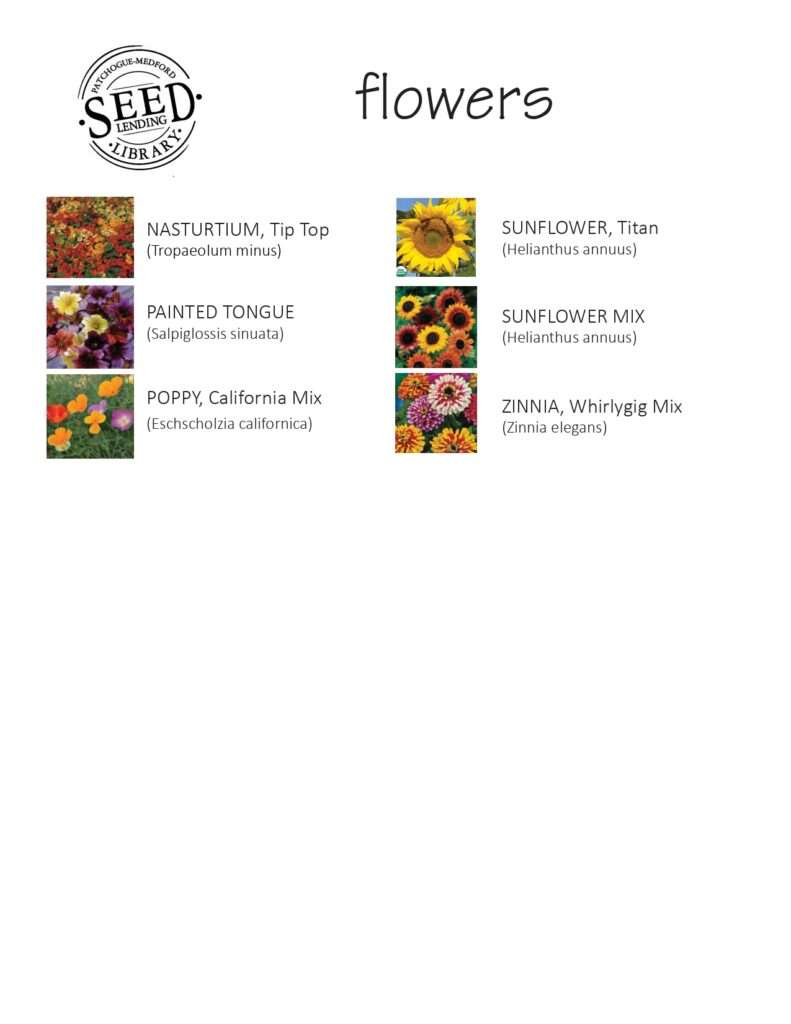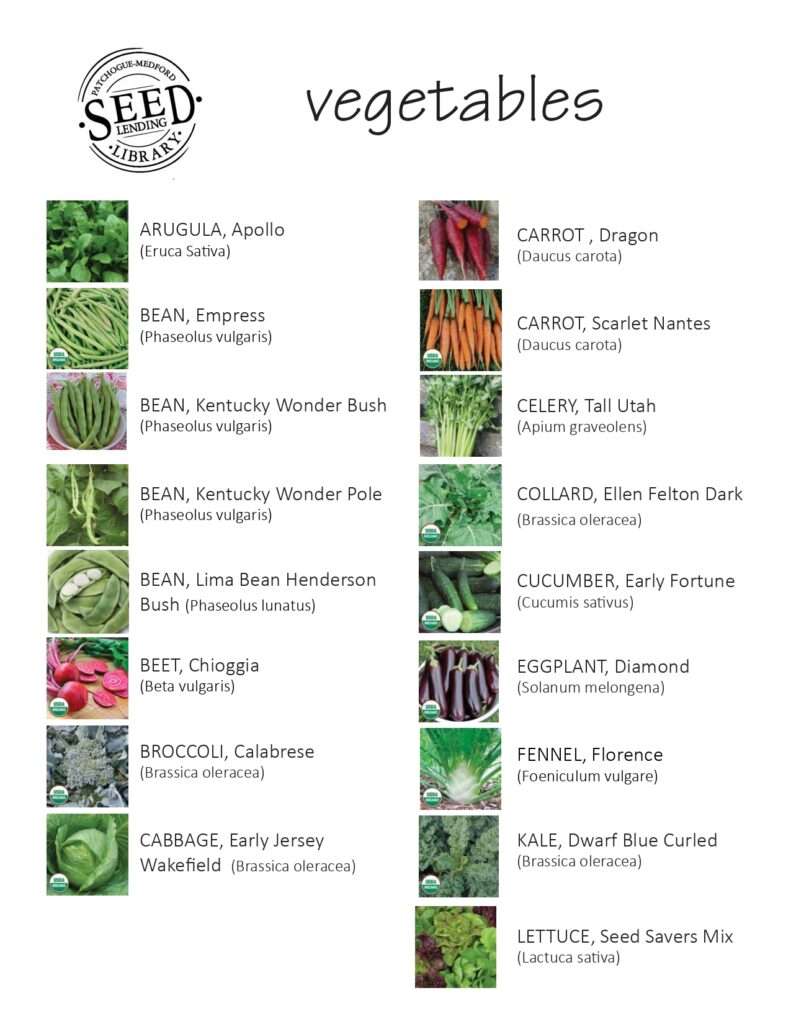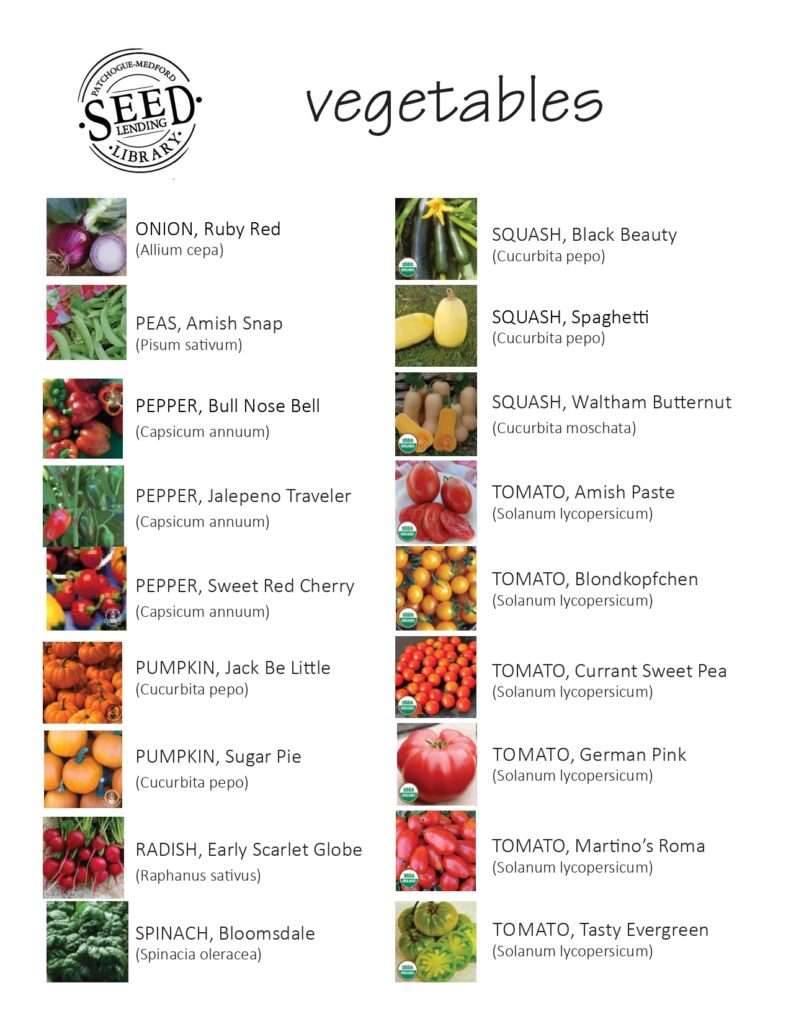

Upcoming Gardening and Nature Events
2026 Seed Kits Coming Soon! Check back for details!
Learn More
Seed Gardening Tips:
- You will want to start most seeds indoors and then plant them outdoors when our zone is clear of the last frost.
- Plant seeds as deep as they are big. For example, a watermelon seed is about 1/4″ long, so plant it 1/4″ beneath the soil. On the other hand, basil seeds are so small you can hardly see them, so plant them on top on the soil, with an ever so slight dusting of soil over the seed.
- Keep all seeds moist. Use a spray bottle to water as to not wash the seeds around the pot.
- Keep all seeds in a sunny spot. If you are lucky enough to have a grow light, even better!
West Coast Seeds has some helpful planting charts for vegetables, herbs, and flowers in New York State.
Cornell Horticulture Hotline: 631-727-4126
Monday-Friday, 9 AM – 12 PM
Call for information about gardening, plants, landscaping, and pests.
For Kids and Families
Books, Movies, and More:
eBooks / Audiobooks:
eBooks / Audiobooks on Hoopla:
Films on Hoopla:
Films on Kanopy:
Magazines on Flipster:
Podcasts:
Our Seed Library is About...
- Encouraging our community to dig in and garden
- Reconnecting our community to the traditions of growing tasty, healthy food
- Educating our community about growing, harvesting, and saving seeds
- Creating a community-sustained seed collection at our library
- Nurturing a culture of sharing and abundance
*Know Your Seed!* Our seeds are non-GMO and heirloom varieties. Our seed collection depends on donations, growing success, and seasonal changes.
You can choose from “Easy” “Medium” and “Advanced” seeds. If you’re a beginner gardener, DON’T WORRY about saving seeds right now! Instead, select the seeds that you’re interested in growing. Focus first on having fun and learning to garden. The seed saving part will come later!
All you need is a current Suffolk County library card to join the seed library. Each seed season, each household can select up to 9 seed cards from the card catalog located by the side door in the Main Library. Bring your card selections to the Main Desk to redeem for your seeds. Alternatively, you can reserve your seeds online to be picked up at the Main Desk or be mailed to your home.
Get ready to get dirty and have some fun! Seeds are a genetic goldmine. When we save seeds we’re passing on the genetic qualities of the plant that provided them. “Easy” seeds are great for beginner gardeners who are ready to save seeds. The perfect flowers from “easy” plants are self pollinating and not likely to cross-pollinate between plants. “Medium” and “Advanced” seeds require special planning. If you’re a more experienced gardener growing plants for seed saving, you’ll want to choose “Medium” and “Advanced” seeds after learning how to isolate plants to prevent cross-pollination.
Again…*Know Your Seed!* Do not save seeds from a hybrid variety (often labeled as “F1” in catalogs or seed packets). They will not grow “true to type” to the original parent, and the next generation of plants will be highly unpredictable in overall type, quality and flavor.
Collect seeds from your healthiest or tastiest crops. Be sure to set aside some seeds for yourself!
Seed-saving envelopes are available at the Main Desk, or you can print your own. Place some seeds in clearly labeled envelopes – please fill out the label with as much information as possible. The more information that you provide, the better we can track the success of our local seed stories.
Bring your labeled seeds to the Main Desk. And keep gardening!



